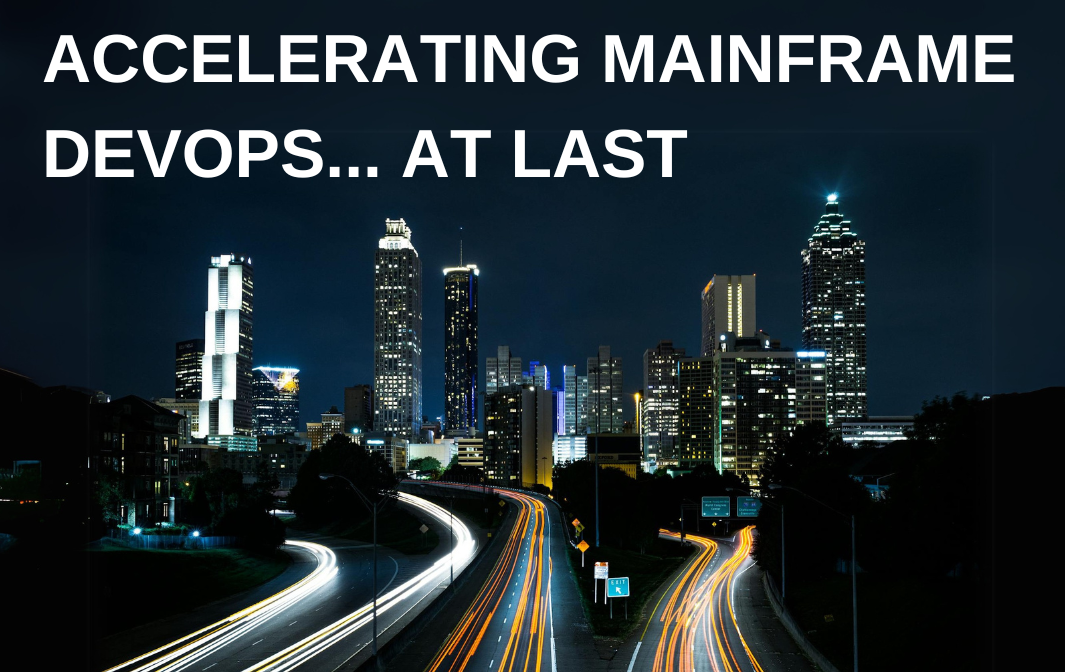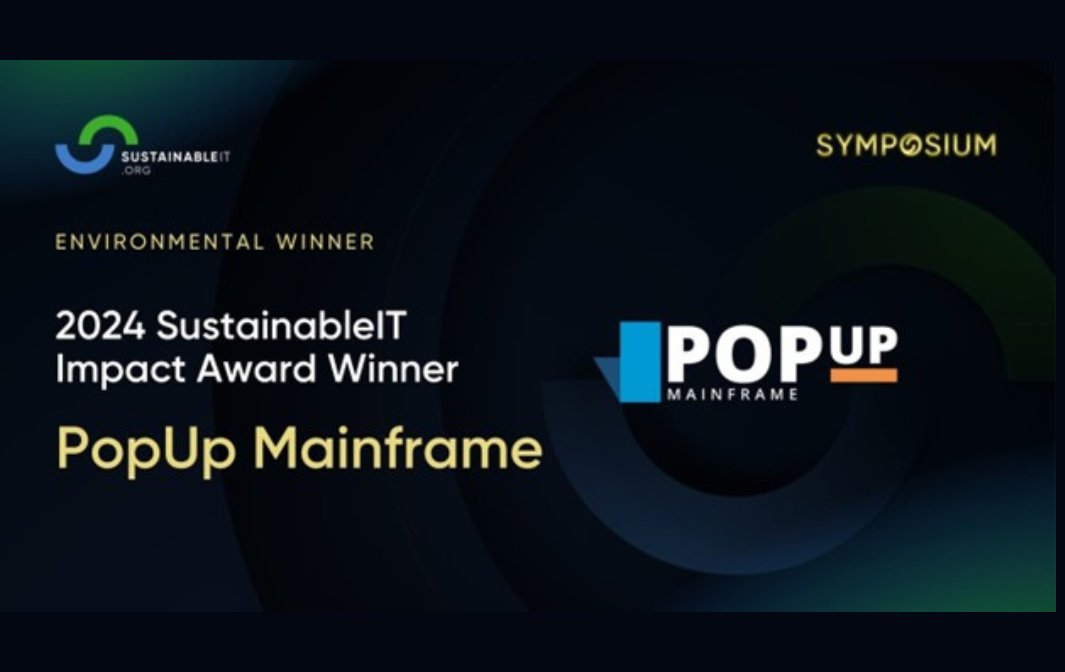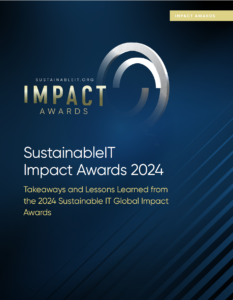Validating new releases in the mainframe SDLC isn’t just a technical step—it’s a critical risk management process. But without the right data, testing can become a major bottleneck.
Continue readingCalculating the Cost of Change
Few people doubt the cost-effectiveness of a mainframe production system. But what about the cost of change? In our latest blog, we break down the costs.
Continue readingFlexing the Iron
If the label Big Iron fairly reflects the mainframe’s resilience and strength as a production engine, it also implies an unbending, inflexible environment. Is that fair? And if so, how can we flex the iron?
Continue readingCan the best get any better?
The z16 mainframe was hailed as the very best, and customers agreed. As we look ahead to its successor, it’s time to ask whether it can get even better and, if so, what it needs to achieve.
Continue readingVirtually Trained and Ready
The mainframe industry must constantly train and educate new professionals. To make this possible, trainers, mentors, team leaders, and department managers need access to mainframe resources. But when mainframe access is in short supply, what can you do?
More, more, more, mainframe!
Countless market surveys and press articles point at a continued—and growing—reliance on the mainframe environment to support big business. Organizations today may have a plethora of choices in terms of IT platforms, yet the IBM mainframe remains the go-to platform for business-critical workloads. And the trajectory is upwards, as more customers and greater functionality increase demands for busy mainframe environments.
Which means, upstream, there is also continued demand for additional skilled mainframers to get that work done. No surprise then that the demands of the mainframe from a training and skills development perspective is also on the rise. Simple laws of supply and demand are at play here—not to mention the murky reality of the much-documented skills crisis.
You get what you’re given
Continued business growth drives additional resource needs; this is a fact of business life. Yet such benign realities are not without their difficulties. The mainframe is a complex environment to administer, and it carries a significant cost.
Generally speaking, the mainframe’s expenses are seen as acceptable because mainframes act as the execution engine for a lot of revenue-generating activities. Yet cost justification struggles in less tangible areas such as research or training. With a heavy emphasis on production workload, allocating mainframe time to skill-building and research is—for some organizations—severely limited and extremely hard to commission.
Understandably so, of course, but this makes meeting training demands all the more difficult.
As if by magic, a mainframe appeared

If only there were a way for a mainframe environment to magically appear whenever it was needed. We enjoyed this article by Planet Mainframe, which introduces the concept of the virtual mainframe, outlining its potential benefits as a training and research platform that can support a variety of scenarios.
The article expresses the value of virtualized mainframe training environments in two important areas –
“Skills: With veteran developers retiring, training new talent is needed. In particular, experienced employees. Anyone with access to virtual mainframes can build new skills or expand existing skills – all in the same space.
Modernization: Virtual mainframes allow students and developers to adopt DevOps and CI/CD pipelines while working within a mainframe context”.
And the need is real; – both the skills question and the drive towards DevOps remain high on the agenda for mainframe teams, yet the environment sometimes struggles to support the ambition.
The same article explains the challenge of mainframe access: “In addition to the expense, traditional mainframes [are] often shared, limiting access… As technology continually evolves, so should training, specifically for mainframe developers.”
Access to an easy-to-use ‘sandpit’ enables junior or trainee developers to receive coaching from experienced mentors, learn at their own pace with tutorials, and get to grips with modern mainframe DevOps toolchain technology.
The same environment is available to training departments or third parties looking to provide a comprehensive yet accessible mainframe training space and a ‘safe’ location for R&D activities. Onboarding new skills and providing a familiar, comprehensive platform for modernization efforts is an obvious benefit of a virtual mainframe training facility.

A case in point
The Planet Mainframe article further explores the situation at PopUp Mainframe customer, Legal & General (L&G). As part of its mainframe modernization program, the company implemented a ‘virtual mainframe environment’ to satisfy various training, development, and collaboration needs.
Essentially, the PopUp Mainframe solution that L&G used provided the flexibility to enable mainframe resources to be used without impacting the regular mainframe production cycles or schedules.
Fine-tune your own mainframe training program
If you want to learn more about how PopUp Mainframe could help add flexibility and availability to your mainframe training and development activities, get in touch.
Accelerating Mainframe DevOps… At last
While nearly two-thirds of mainframe shops use DevOps, ‘bottlenecks’ in the delivery pipeline persist. If only there were a way to unblock it.
Continue readingSustainable IT Strategies
Integrating the ESG Imperative
According to the Global Sustainability Barometer survey – commissioned by Microsoft, conducted by Ecosystem, and released by Kyndryl, “Although 84 percent of organizations consider sustainability goals to be of high strategic importance, only 21 percent actively leverage technology to minimize their environmental impact and guide their broader sustainability strategy.”
The days are over when technology solutions are purely and simply about helping improve profits and reducing costs; implementing IT initiatives to actively reduce resource usage and emissions is taking its rightful place on today’s strategic agenda.
Innovating Towards Sustainable IT
At the arrowhead of using technology to support a more sustainable business model are pioneering organizations and vendors driving the agenda toward a cleaner, responsible, and sustainable business environment
The work of SustainableIT.org in championing and recognizing IT’s vital role in ESG and sustainability imperatives is noteworthy. Their list of award winners reads like a who’s who in sustainable IT innovation.
PopUp Mainframe was delighted to be among this year’s recipients in recognition of our work in supporting our clients’ ESG and sustainability objectives, as well as our internal efforts towards a cleaner, greener provision of technology.
As the organizers explained, “In August 2024, after a rigorous judging process, 30 companies were named winners, based on their ambitious ESG goals and measurable results. These winners demonstrated the power of technology to impact not just the environment but also social equity and governance. Key Selection Criteria were:
Ambitious ESG targets & commitment; – Proven impact with clear metrics (e.g., CO2 reduction, cost savings); Leadership in best practices & innovation; Cross-functional collaboration”
We were delighted to be among the winners of the Environment category award.
PopUp Mainframe – helping customers deliver On GreenIT objectives
While each customer case will differ, PopUp Mainframe’s solution offers breakthrough possibilities for an organization’s sustainable IT strategy –
- Removing the need for additional infrastructure investment and energy consumption by reusing existing data center or cloud resources
- Maximizing energy-efficient mainframe resources and deferring/removing additional energy requirements through efficient scheduling of production workload
- Reducing IT’s emissions and energy footprint by only running testing and development environments when needed
We are actively engaged in supporting our customers’ efforts towards a more sustainable IT provision as part of their operational objectives.
PopUp Mainframe and Green IT
PopUp Mainframe provides a sustainable, low-cost, and rapid solution for organizations looking to modernize IT. The solution enables on-demand availability of virtual mainframe environments, dramatically reducing the need for physical hardware and thereby lowering energy and emissions. By enabling mainframe test environments to run in solar-powered cloud data centers, PopUp Mainframe offers mainframe access to anyone who needs it while serving as a catalyst for sustainable transformation.
Revolutionising mainframe delivery. Done.
The PopUp Mainframe team was delighted to attend, present, and exhibit at the GSE UK Conference 2024 recently – the region’s biggest and best mainframe community event. Rubbing shoulders with industry luminaries, technical experts, household-name organizations – it was a fantastic experience. As arguably the youngest company in the room, many of our conversations were introductory in nature.
“Just what does PopUp Mainframe do?” It was an opening line we heard more than a few times.
Summarizing several conversations into one – in case you didn’t get a chance to ask – here’s our answer.
The need for speed – a mainframe market requirement
Mainframes remain the mainstay of enterprise computing. Celebrating its 60th birthday, reports reveal a continued reliance upon – and investment in – IBM mainframes across a variety of sectors, at some of the world’s largest and most successful organizations. Now often part of a hybrid IT strategy, the IBM mainframe remains a central component of the organizational infrastructure, housing business’s most critical applications.
As important as it is, issues blight the mainframe. Mainframe environments have very regimented and restricted time periods (and LPAR capacity) for dev and test activities. And for good reason. Regulatory pressures, internal audit requirements, extensive system and functional testing cycles, and the need for efficient resource management of mainframe LPARs mean much of the mainframe world lives by stringent rules on availability, timeslots and schedules. In such environments, asking for ad-hoc or out-of-cycle resources to test something new – or whatever the reason – is handled as an exception, and often refused. Simply, the mainframe is too busy, and every minute (and every associated dollar) is already accounted for.
Mainframe delivery teams often suffer the most, with the shortage of non-production environments for development and testing, impacting their ability to deliver as fast as the business would like. Application and system teams must plan new releases well in advance. Delivery and testing slots are sacrosanct, making any more creative, agile initiatives, impractical to include. There’s just no extra time, and no additional budget, to do other things that haven’t already been scheduled.
Even with the advent of DevOps-style tooling on the mainframe, the resource availability restrictions make genuine acceleration of delivery very tough.
Flexible mainframe delivery to match your imagination
Those who manage mainframe environments wish they could do more, without increasing costs, while those who own the applications wish they could deliver faster.
But is that wish just a pipe dream?
Imagine a world where you can have instant access to fully functioning mainframe resources but without the associated cost and effort involved. Imagine snapping your fingers and having your own mainframe sandpit to play in. What extra innovations would you work on? What new capabilities or integrations might you test? What could a personal virtual mainframe help you deliver? What could you achieve that you’ve never attempted before?
This imagined reality has been brought to life by the team at PopUp Mainframe. Their solution directly addresses the need for more instantaneous access to mainframe resources with an immediately available, fully functioning mainframe in the form of its ‘PopUp’ product. The PopUp comes to life in minutes and behaves the same as physical mainframe environments. You can install any mainframe subsystem or bespoke application there – enabling you to use it for new dev and test purposes. The personal virtual mainframe is here.
Where it can help you
Because PopUp Mainframe – as the name suggests – can appear anywhere you need it in the mainframe dev and test process, it adds the flexibility you were probably missing before.
Rapid application testing, intensive spikes of regression or performance assessments, interactive CI/CD build and test activities, code reviews, training exercises, hackathons, and even a ‘safe sandpit’ area for junior developers to work on new ideas – you name it. PopUp Mainframe revolutionises the mainframe SDLC by accelerating delivery, reducing hardware costs, and helping teams deliver on the promise of mainframe DevOps.
PopUp is fully compatible with standard DevOps toolchains (Git, Jenkins, BMC, IBM, open source) and can be deployed on-prem or in the cloud. PopUp makes delivering projects on a mainframe identical to delivering projects on distributed environments.
Traditionally constrained by waterfall methodologies, siloed teams, limited time slots, and rigid schedules, developers have long imagined a more flexible environment for mainframe delivery. Well now, it is finally here – true mainframe delivery agility is now within reach.
On the shoulders of giants
PopUp Mainframe tackles typical mainframe delivery bottlenecks through the provision of on-demand mainframe environments, to accelerate flexible and low-cost mainframe delivery.
Using IBM’s mainframe test environment – ZD&T – as the underpinnings for its solution, PopUp Mainframe can be commissioned within minutes, with applications and data transferred (and masked) as required. Your very own mainframe sandbox is just minutes away. PopUp Mainframe supports a variety of popular mainframe DevOps toolchains, cloud or distributed platforms, to ensure it is available wherever needed, and with whatever tools are required.
One of our customers said that, previously, it took 6 months to create a new z/OS environment, and now – with PopUp Mainframe – it takes just 30 minutes. Learn more about this story here.
Learn More
Want to revolutionize your mainframe delivery? Review our GSE Presentation Slides and then contact us.









